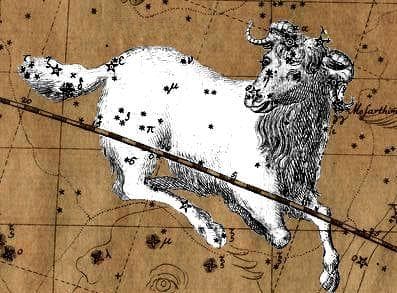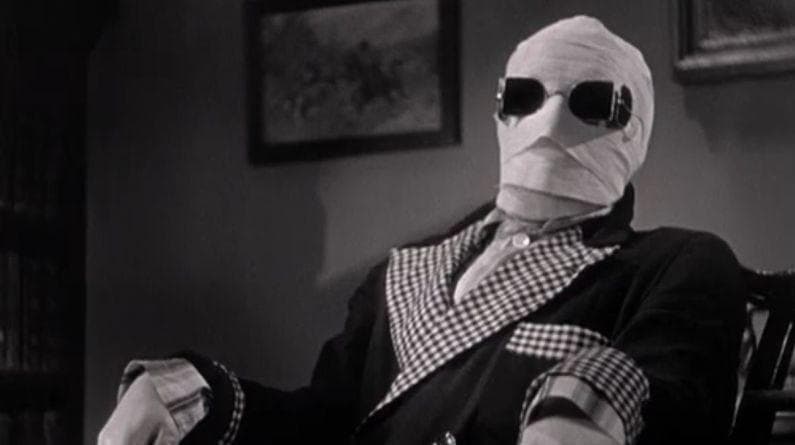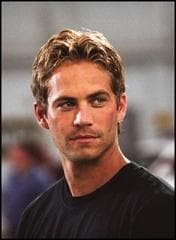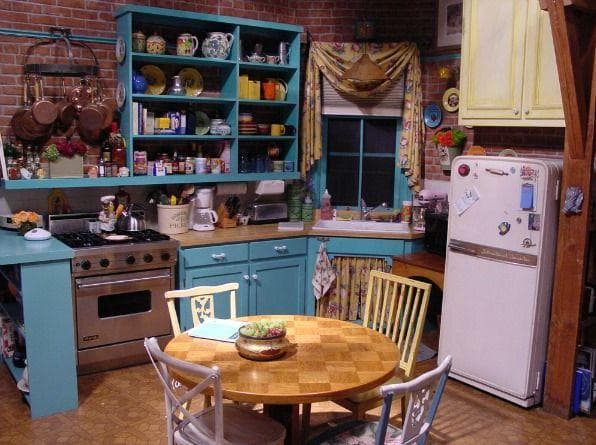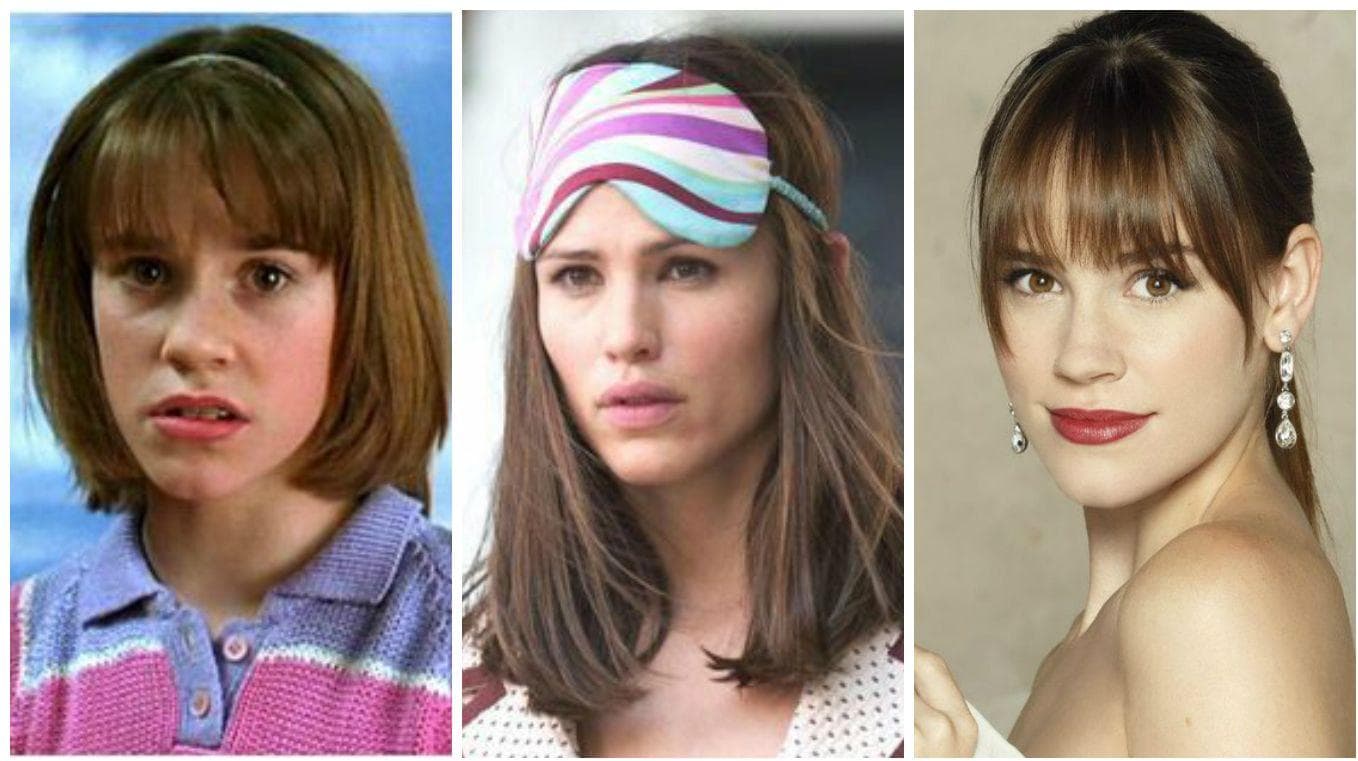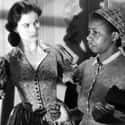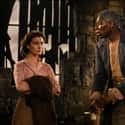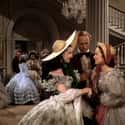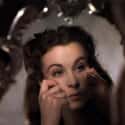-
(#1) The N-Word Was Only Taken Out Of The Script After Heavy Protest
Margaret Mitchell's Gone with the Wind was often criticized for glorifying a culture of racism. Since producer David O. Selznick wanted to make the best adaptation he could as well as an authentic period piece, much of the offensive language that appeared in the book also appeared in the original screenplay. According to the Hays Code, only white actors were banned from using the n-word, but Selznick thought it would be fine for Black actors to say it.
Along with many complaints from the Black community, journalist Earl Morris sent a letter to Selznick and several newspapers criticizing the use of the word in the script. Part of Morris' letter reads:
Picture yourselves standing before producer David O. Selznick, director George Cukor, and 26 members of the production staff, all white, and reading script [sic] which contains the word 'N*****' several times. Well, approximately one hundred Negro actors did just that in competing for coveted roles in the picture while all their years of racial pride was being wafted away on the wings of a gust of 'Wind.'
The word was finally cut from the script after several Black actors refused to use it. Selznick realized he'd be fighting his cast, crew, the press, and the NAACP if the script were to stay as it was.
-
(#2) David O. Selznick Was Dangerously Invested In The Movie
Perhaps it was age that caught up to David O. Selznick, or maybe the extreme stress he put on himself to create the perfect movie, but at one point during filming Gone with the Wind, the producer began taking Benzedrine, the first pharmaceutical amphetamine. He also mixed the drug with barbiturates and methedrine; one-time director George Cukor noted he would often see Selznick "crushing up Benzedrines and licking the pieces from the palm of his hand, a grain at a time."
Although he already had an intensely controlling personality, when Selznick was further fueled by drugs, the set became pure insanity. He would make the cast wake up at 2 a.m. to shoot, demand random changes to the costumes, and call his staff at odd hours to make minor suggestions.
In a letter to MGM, Selznick wrote:
This picture has done so much to me physically, and has robbed me of so much, including my entire personal life, for so long, that my feelings about it go beyond mere commercial conviction, and are on the highly emotional side... No matter how well the picture finally does, it will always be questionable as to whether it has been worth what I have put myself through and my associates and employees through.
-
(#3) George Cukor Was Fired, Possibly Because He Was Gay
George Cukor was the first of three directors who worked on Gone with the Wind. Although he was hand-picked by producer David O. Selznick, the two clashed over the direction of the film. Selznick wanted to start his own studio, and thought he could use the movie to prove he could. He involved himself in every part of production and asked Cukor to check in with him daily. Eventually, the director was fired for working too slowly.
However, some people believe the real reason Cukor was let go was because he was openly homosexual and Clark Gable had a problem with that. Gable supposedly flew into a rage on set, complaining, "I won't be directed by a fairy! I have to work with a real man!"
-
(#4) The Black Actors Weren't Allowed To Attend The Premiere
Gone with the Wind premiered in Atlanta in 1939, at a time when Jim Crow laws were still alive and well in the state of Georgia. According to the rules set by Loew's Grand Theatre the Black actors in the film would be allowed to appear on stage, but couldn't attend the premiere party. They also had to sit in a separate area from the white audience. To make things easier for himself, producer David O. Selznick decided to just not allow his Black actors to attend the event at all.
-
(#5) Writers Were Locked In A Room And Denied Food Until They Finished The Screenplay
Sidney Howard was given the task of turning Margaret Mitchell's epic thousand-odd page novel into a screenplay. But his version would have made a film that was much too long, and he was fired. Producer David O. Selznick decided to fire director George Cukor at the same time, leaving his passion project without a script or a director. He called in script doctor Ben Hecht to help pen a rewrite, and hired Victor Fleming away from The Wizard Of Oz to fill in as the film's replacement director.
Even though Hecht hadn't read the book, Fleming and Selznick acted it out for him with Fleming playing Rhett and Selznick as O'Hara. Selznick was determined to fix the script as soon as possible, giving the small team five days to come up with something. In order to accomplish this, he locked the three of them in a room with only peanuts and bananas to eat. This crazy-but-true Hollywood story was later made into a play called Moonlight and Magnolias.
-
(#6) Clark Gable Didn't Really Want To Be In The Movie
Clark Gable was cast in Gone with the Wind because of an agreement between David O. Selznick and MGM, but Gable wasn't really into it. However, he was in the beginning of a divorce and needed money, so he accepted the role of Rhett Butler. Gable knew he had the upper hand on Selznick, and he abused his power, possibly getting original director George Cukor fired and refusing to do a Southern accent.
Gable also caused trouble when he refused to cry on screen after Scarlett has a miscarriage. Olivia de Havilland managed to talk him into it:
He thought it was unmanly, you see. That was the training of men in those days, and it's such pity that they had to suppress those feelings...
Oh, he would not do it. He would not! Victor tried everything with him. He tried to attack him on a professional level. We had done it without him weeping several times and then we had one last try. I said, "You can do it, I know you can do it and you will be wonderful..."
Well, by heaven, just before the cameras rolled, you could see the tears come up at his eyes and he played the scene unforgettably well. He put his whole heart into it.
-
(#7) The Actors' Bathrooms Were Initially Segregated
Although the NAACP was rightfully concerned with the portrayal of Black people on screen in Gone with the Wind, there were problems behind the scenes as well. Segregated bathrooms were set up for the Black actors, and although they were outraged, they were too afraid of losing their jobs to speak up.
One young Black extra, Lennie Bluett, wanted things to change, and brought the matter to Clark Gable's attention. Gable supposedly called director Victor Fleming and threatened to quit the film if the signs separating the bathrooms were not taken down. The director complied, and segregation on the set was ended.
-
(#8) The NAACP Wanted To Assign An Advisor To The Film, But That Never Happened
When the NAACP learned David O. Selznick was turning Gone with the Wind into a movie, the members wanted to send a representative to be on set. The rep would make sure Black actors were being treated fairly, and ensure the most racist parts of the book would not end up in the film. Selznick replied that he would be happy to supply his own advisor, and suggested a man who had been working in Hollywood for several years. The NAACP was concerned Selznick's man was an "insider" who would go along with whatever the studio wanted.
A series of letters were sent back and forth between Selznick and NAACP leader Walter White, who seriously doubted a non-racist version of the story could even be made. Selznick never did hire an advisor, but the NAACP claimed a small victory in that all references to the Ku Klux Klan were taken out of the film.
-
(#9) People Were Outraged By Vivien Leigh's Casting As Scarlett
When the previously-unknown-in-America Vivien Leigh was cast in the role of Scarlett, many people were upset that the part went to an English actress. Fans of the book and the other actresses who had been considered for the role wrote angry letters to the studio. The Daughters of the Confederacy even threatened to boycott the movie.
Hoping to appease the angry masses and gain support for Leigh, a publicist for the studio sent several letters to different gossip columns:
In making her Hollywood debut for Selznick International, [Leigh] goes into the most widely-discussed role in the history of motion pictures. Literally thousands of actresses and non-professionals were considered for the role. The search included the efforts of talent scouting units in all parts of the country, especially the South. Due to the importance of the role, most of the major stars in motion pictures have at one time or another been considered, but [David O.] Selznick continued to hope for a girl who was not identified in the minds of the public with other roles, a girl who would not have to subordinate a previously established personality in the creation of Scarlett O'Hara.
-
(#10) Selznick Torched Classic Hollywood Film Sets To Create The Burning Of Atlanta Scene
Since CGI wasn't even close to existing in 1939, the studio actually had to burn the set in order to create the raging fire that consumes the city of Atlanta in Gone with the Wind. The set was built on a large studio lot, with several other set pieces from earlier films given false fronts to fill in the background. Part of the set from one of David O. Selznick's earlier movies, King Kong - which was also used in his 1927 epic The King of Kings - was set ablaze to depict the fire.
Interestingly, this elaborate technical accomplishment was the first sequence filmed for Gone with the Wind. At this point, Selznick had not even found his Scarlett O'Hara yet.
-
(#11) Both Clark Gable And Vivien Leigh Were Having Affairs
Vivien Leigh and Laurence Olivier were both married to other people, but having an affair with each other while the filming of Gone with the Wind was underway. In fact, Leigh had come to visit Olivier in America when she asked for the role of Scarlett. Although Leigh was in the midst of a divorce, the studio had to take extra measures to be sure news of their affair would not reach the public. A house was rented for the couple, and a guard watched over Leigh 24 hours a day to keep the relationship a secret. When Olivier returned to England before filming had finished, Leigh's mood swings and volatile temper became worse.
Clark Gable's affair with Carole Lombard was actually ending as Gone with the Wind began filming, and the two were married in a secret ceremony as soon as Gable was able to take a day off. They had met years earlier and had a very public affair for several years while Gable was married, eventually causing MGM to demand he get a divorce and marry Lombard to stop all the bad publicity.
-
(#12) Leslie Howard Hated Playing Ashley Wilkes
Leslie Howard was not very enthusiastic about being cast in Gone with the Wind. He didn't like the part of Ashley Wilkes at all, and was tired of only being offered characters who were basically weak men. In a letter to his daughter, Howard wrote, "I hate the damn part. I'm not nearly beautiful or young enough for Ashley, and it makes me sick being fixed up to look attractive."
However, Howard had some extra incentive to take on the role. David O. Selznick offered him a role as an assistant producer on Intermezzo, and since Howard was more interested in being behind the camera than in front of it, he accepted. He ended up skipping the premiere of Gone with the Wind, returned to England, and never made another film in Hollywood.
-
(#13) Vivien Leigh And Olivia De Havilland Were Secretly Coached By George Cukor After He Was Fired
When director George Cukor was fired, both Vivien Leigh and Olivia de Havilland became extremely upset. The actresses went to see producer David O. Selznick, still appropriately dressed in their black mourning costumes after shooting the film's funeral scene.
When George was no longer with us, that was a great shock for Vivien and for me. We had set our characters through working with him and wanted to be able to maintain those characters and develop them. It was a terrible loss for both of us. Vivien did not get along as well with Victor as I did, but nonetheless she was a pro so everything proceeded.
Both actresses eventually went behind the studio's back and consulted Cukor in private for coaching on their scenes. While de Havilland accepted the studio's decision, Leigh never really got over it and made replacement Victor Fleming's job tougher by constantly arguing with him. She and Cukor remained good friends for the rest of their lives, sometimes picking up men together.
-
(#14) Hattie McDaniel Couldn't Sit With Her Costars At The Oscars
Hattie McDaniel's portrayal of Mammy earned her the first Oscar nomination for a Black actor. She ended up winning the Best Supporting Actress trophy, too, over her costar Olivia de Havilland.
Although McDaniel made history, because of segregation she was not allowed to sit in the audience with her fellow cast members at the ceremony. The venue forbade Black people entirely; producer David O. Selznick had to pull some strings to get her in at all, and she ended up sitting at the very back of the room.
-
(#15) Vivien Leigh Was Bipolar And Struggled Through A Difficult Shoot
Vivien Leigh was diagnosed with bipolar disorder, and the alternation between depression and mania gave her a reputation as an actress with behavior problems. She would suffer mood swings during filming, screaming and physically attacking others. "My cheek wore the imprint of Vivien's fingers for the rest of the afternoon," one actress commented. Leigh was also supposedly a nymphomaniac, and the fact that her lover, Laurence Olivier, wasn't around may have made her condition worse.
Leigh famously didn't get along with director Victor Fleming, either. The lighting had to be constantly adjusted so her blue eyes would appear green on film, and she had to wear painful corsets that cut off her breath. Producer David O. Selznick, who former director George Cukor had protected Leigh from until he was fired, demanded her wardrobe be altered to show more cleavage, at one point even ordering her breasts to be taped together. To cap it all off, Leigh worked 122 days compared to Clark Gable's 73, and was paid around $25,000 although he made $120,000.
-
(#16) Victor Fleming Left Temporarily After An Alleged Nervous Breakdown
Victor Fleming was hired to replace George Cukor as director, and like Cukor, had numerous problems with the controlling David O. Selznick. He was sent memos every day from the producer with instructions on everything from lighting to costuming. Fleming had also just been pulled away from directing The Wizard of Oz by the studio, and was still busy editing the film while working on Gone with the Wind at the same time. Conflicts with Vivien Leigh also took a toll on the director's mental health.
Legend has it, Fleming came close to driving his car off a Malibu cliff before finally taking a break from the movie. He dropped out of filming for almost three weeks, and a third director had to step in temporarily.
-
(#17) Vivien Leigh Hated Kissing Clark Gable Due To His Bad Breath
Clark Gable had a few gum problems as a young man, and dentists had to remove most of his teeth. He wore a false set throughout much of his career, contributing to his cinematic smile. However, the dentures also gave Gable persistent halitosis. Many of his female co-stars got to experience this, including Vivien Leigh, who did not enjoy getting up close and personal with Gable at all.
"Kissing Clark Gable in Gone with the Wind was not that exciting," she later said. "His dentures smelled something awful."
-
(#18) More Than 1,400 Actresses Were Considered For The Role Of Scarlett O'Hara
Producer David O. Selznick was determined to make the best possible movie out of Gone with the Wind. In order to find the perfect actress for the lead role of Scarlett O'Hara, he conducted a nationwide casting call. Although several famous leading ladies, including Lana Turner and Jean Arthur, tested for the part, Selznick decided to cast an unknown. Women who identified with the character sent letters to the studio, and talent scouts toured the Southern states searching for the perfect actress. More than 1,400 actresses were considered through their search, delaying casting for almost two years.
Selznick finally met his Scarlett when Vivien Leigh visited the set. Already behind schedule, they had begun filming the Atlanta fire sequence with extras standing in for Rhett and Scarlett. Leigh was extremely interested in the role and had dressed the part, complete with makeup. She was hired after captivating both Selznick and then-director George Cukor, who had sought an actress "possessed of the devil and charged with electricity."
New Random Displays Display All By Ranking
About This Tool
Our data comes from Ranker, If you want to participate in the ranking of items displayed on this page, please click here.

